Hong Kong is a city full of life and surprises. It is known for its tall buildings and busy streets. But this city is more than just a place to shop or eat. Walking here feels like stepping into a movie, with bright lights, loud markets, and calm parks all mixed in one place. In this article, I want to share my stories and tips about Hong Kong so you can enjoy it too. Whether you come for a few days or longer, Hong Kong offers many interesting places and tasty food. Let’s take a look at what makes this place special.
Table of Contents
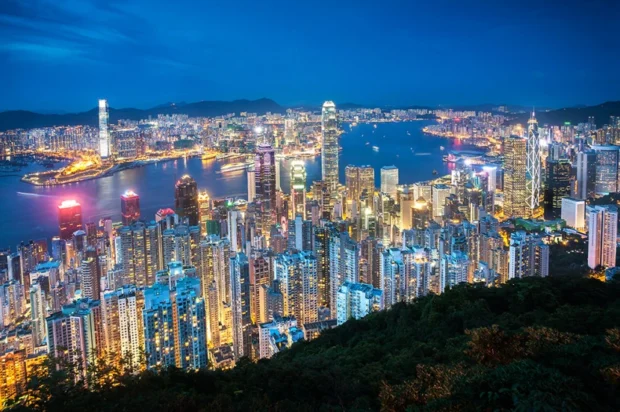
Famous Landmarks To Visit In Hong Kong
When you arrive, one of the first things to see is Victoria Peak. This mountain is the highest point on the island. From the top, you get an incredible view of the city’s tall buildings and the harbor below. It is best to go there late afternoon and stay until night. The city lights up like stars in the dark sky. To reach the peak, take the Peak Tram. This fun cable car climbs up steep streets and feels like an adventure itself.
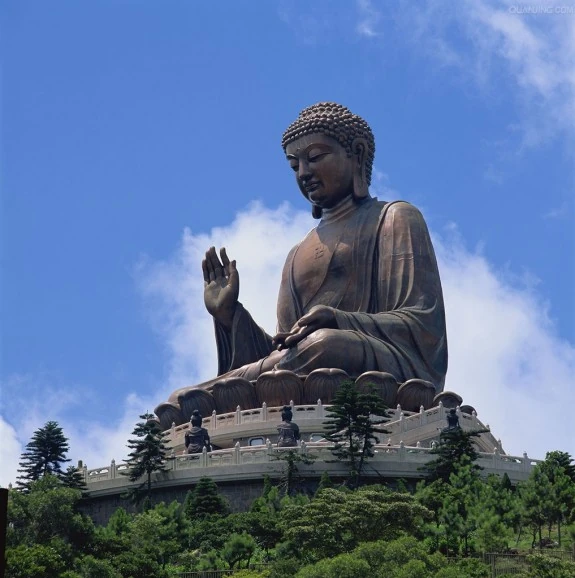
Another landmark is the Big Buddha, also called Tian Tan Buddha. It sits on Lantau Island and is huge. Standing 26 meters tall, this bronze statue looks calm and wise. To reach the Big Buddha, a cable car ride over green hills and blue water is unforgettable. Nearby, you can visit a peaceful monastery that welcomes visitors to watch monks pray.
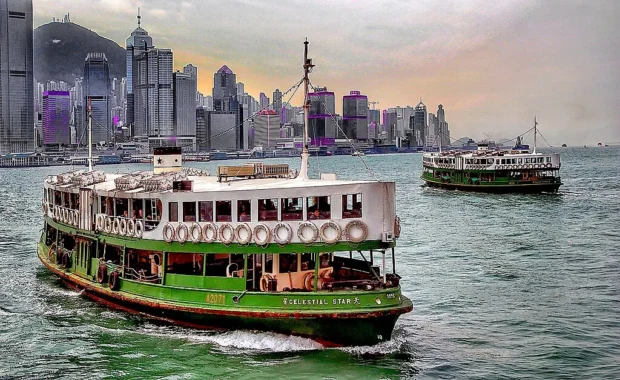
Hong Kong’s famous Star Ferry offers a simple way to see the harbor. For just a small price, you can cross from Kowloon to Hong Kong Island and enjoy the fresh sea breeze. The ride gives a great view of skyscrapers and ferries moving around. It is a relaxing break from the busy streets and a nice way to get your bearings.
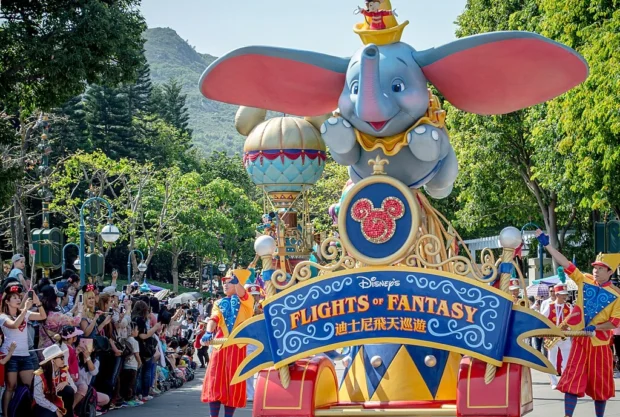
Hidden Spots That Feel Like A Secret
Many visitors stick to well-known places, but I found some hidden treasures too. One is the Man Mo Temple. It is small and quiet, tucked away in a busy area. Inside, you see spiral incense smoke twisting upward, creating a soft smell that fills the air. People come here to pray for luck and wisdom. It is a calm place to take a break from the city’s fast pace.

Another secret is the Ten Thousand Buddhas Monastery. It is a colorful path with life-size golden Buddha statues, each with a different face. Climbing the stairs to the top might seem tiring, but the beautiful views and the peaceful atmosphere are worth it. This spot is less crowded and gives a glimpse into Hong Kong’s religious traditions.
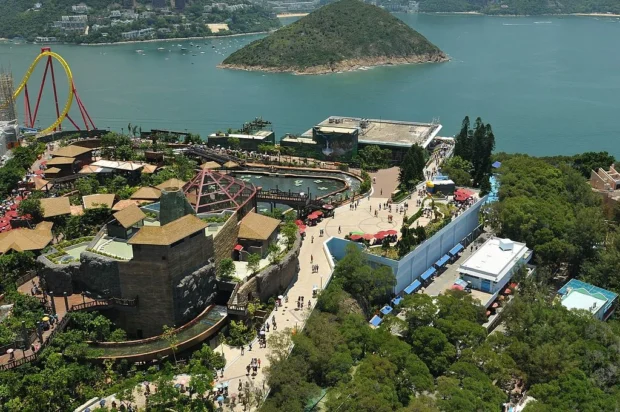
Taste Local Dishes In Different Neighborhoods
Hong Kong is famous for its food. Every district has flavors to share. In the Central area, you will find traditional dim sum. Small plates with dumplings, buns, and sweet pastries are served with hot tea. The busy restaurants open early in the morning and fill quickly, but the food is fresh and delicious.
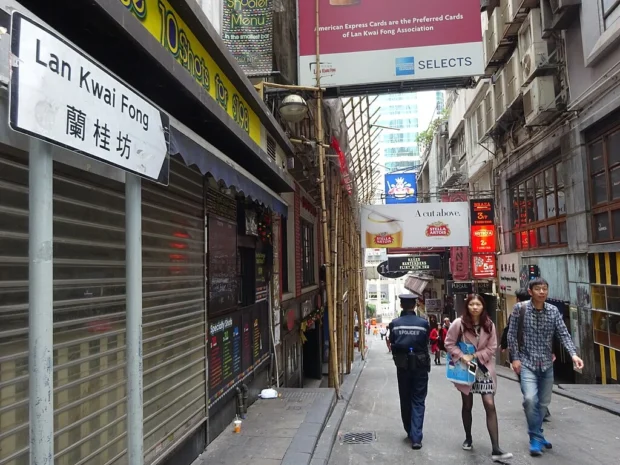
For seafood, head to Sai Kung, a coastal town where fishermen sell their catch each day. Here you can pick fresh fish or shellfish and have it cooked in a nearby restaurant. The sea views make the meal even better.
After enjoying the vibrant streets and local eats in Hong Kong, many travelers find a visit to Taipei rewarding for its own unique blend of rich culture and tasty street food. You might want to see the colorful temples and lively night markets Taipei has to offer by reading Plan Your Taipei Trip with Food, Culture, and City Fun.

Street food is also a must-try. In Mong Kok, markets are alive with snacks such as egg waffles and stinky tofu. Yes, that tofu smells strong, but many locals enjoy its crunchy outside and soft inside. Trying it is part of the adventure!
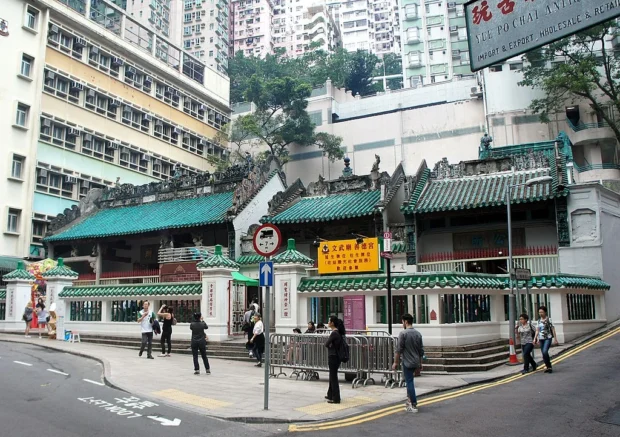
Getting Around The City Easily
Hong Kong’s transport is well organized and easy to use. From the airport to the city center, the Airport Express train is fast and clean. It takes about 24 minutes and stops at key stations where you can change to buses or subways.
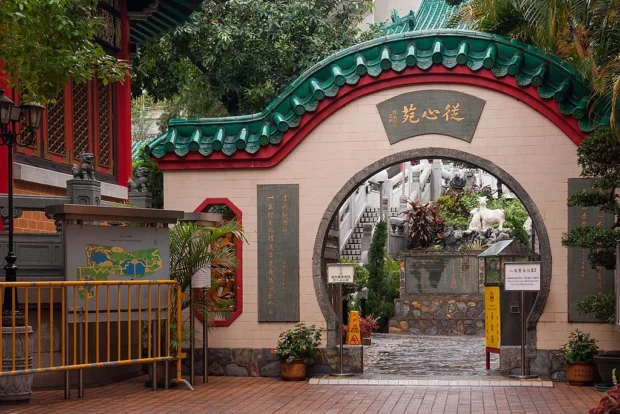
The MTR subway system covers almost everywhere you want to go. It is safe, cheap, and runs often. Signs and announcements are in English and Chinese, which helps if you do not speak Cantonese. Use a stored-value card, like Octopus, for quick payment on public transport and even in some shops.

Walking is also a good choice in places like Tsim Sha Tsui or Central. Streets might be crowded, but small shops and shops make wandering fun. Just remember to walk on the left on escalators to keep the flow smooth.
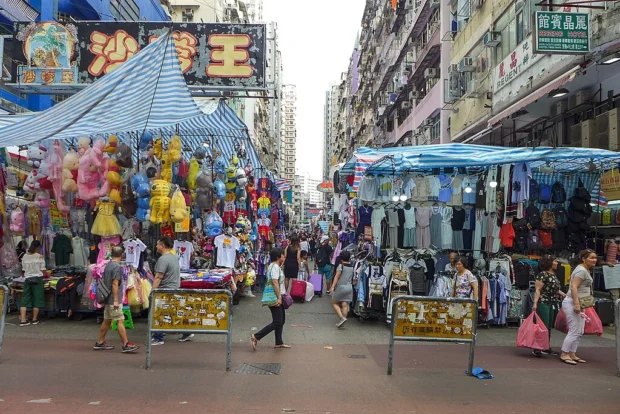
Local Customs To Know Before Visiting
People in Hong Kong are friendly but appreciate respect for their culture. When you meet someone, a small nod or polite hello is welcome. It is common to greet people with a smile and few words. Avoid loud talking in public places, as many locals prefer calm environments.
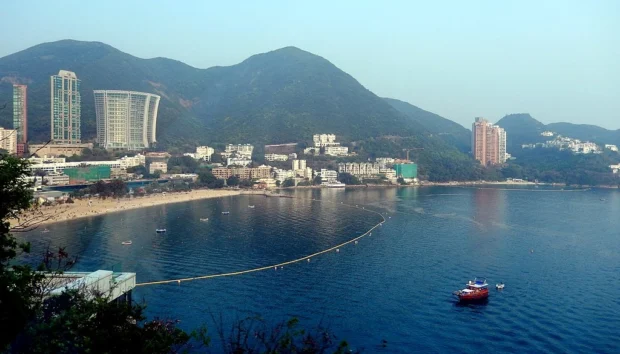
When visiting temples or homes, take off your shoes if asked. Also, do not point with chopsticks or stick them upright in a bowl, as these actions are seen as disrespectful. Gift-giving is common in Chinese culture, but avoid clocks or umbrellas as presents; they are linked with bad luck.

Colorful Stories From The City’s Past
Hong Kong was once a small fishing village before it became a busy port under British rule. The city’s skyline grew quickly after World War II. Some locals tell stories of police officers riding elephants in the streets-a sight hard to imagine today! The name “Hong Kong” means “fragrant harbor,” named after incense factories that once filled the air with rich smells.
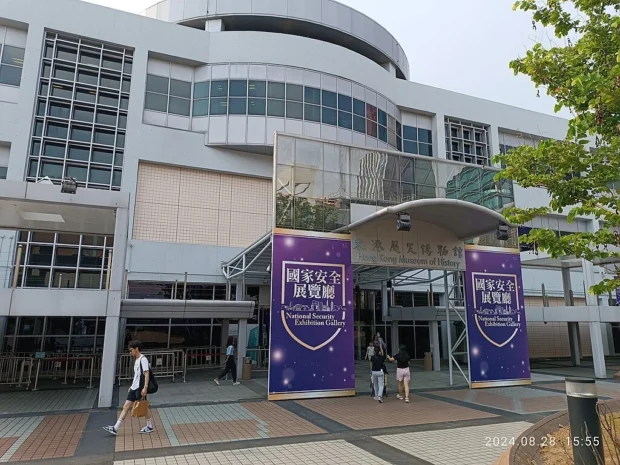
Modern Hong Kong holds traditions close while welcoming new ideas. You might see a man wearing a traditional Chinese suit walking next to young people with the latest fashion. This mix of old and new is what makes the city’s spirit so lively.
Where To Stay For Easy Access
Choosing a place to stay depends on what you want to do. If you want to be in the middle of action, neighborhoods like Tsim Sha Tsui or Causeway Bay have many hotels and shops nearby. For quieter areas, consider staying on Hong Kong Island closer to the Peak or in Lantau, near the beaches and Big Buddha.
After exploring Hong Kong’s vibrant neighborhoods and landmarks, you might want to explore Macau’s unique blend of cultures and tastes, a nearby city where Portuguese history meets Chinese traditions and offers a different atmosphere to enjoy.
Most hotels connect easy to subway stations. This means you can reach famous sites quickly. Booking a place near an MTR station saves time and helps you rest better after long days of walking.
Some people prefer to stay in guesthouses or smaller inns for a more local feel. Hosts often share personal tips about hidden cafes or markets you might miss on your own.
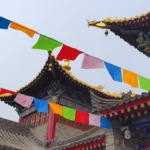
A Chinese tour guide with deep knowledge of the Far East, its traditions, and culinary secrets.
- Hong Kong Island Skyline 2009 by WiNG on Wikimedia Commons – cc by-sa 3.0
- Hong Kong Night view from Victoria Peak by Yungeditor on Wikimedia Commons – cc by-sa 4.0
- Big-Buddha by Kitakitzcom on Wikimedia Commons – cc by-sa 4.0
- Disneyland Hong Kong China 3 by Philip Nalangan on Wikimedia Commons – cc by 4.0
- Colorful Asian street market (Unsplash) by Steven Wei stevenwei on Wikimedia Commons – cc0
- 中国香港海洋公园 China Hong Kong Ocean Park China Xinjiang Urumq – panoramio (17) by 罗布泊 on Wikimedia Commons – cc by 3.0
- HK Central Lan Kwai Fong street name sign n visitors Dec-2015 DSC by Simon Leung gg on Wikimedia Commons – cc by-sa 4.0
- A Symphony of Lights 2009 by [2] on Wikimedia Commons – cc by 2.0
- Chrám Man Mo, Sheung Wan, Hongkong by Ondřej Žváček on Wikimedia Commons – cc by 2.5
- Hong Kong China Wong-Tai-Sin-Temple-01 by CEphoto, Uwe Aranas on Wikimedia Commons – cc by-sa 3.0
- Hong Kong Film Awards statue at Garden of Stars, Hong Kong (Ank Kumar, Infosys Limited) 12 by Ank Kumar on Wikimedia Commons – cc by-sa 4.0
- Tung Choi Street 201705 by Wpcpey on Wikimedia Commons – cc by-sa 4.0
- Panorama of the Repulse Bay 淺水灣 – panoramio by Bohao Zhao on Wikimedia Commons – cc by 3.0
- Chi Lin Nunnery (2037672635) by Rob Young from United Kingdom on Wikimedia Commons – cc by 2.0
- HK TST East HKMH 香港歷史博物館 Hong Kong Museum of History 國家安全展覽館 National Security Exhibition Gallery August 2024 R12S 103 by HKSimBHouAA on Wikimedia Commons – cc0
